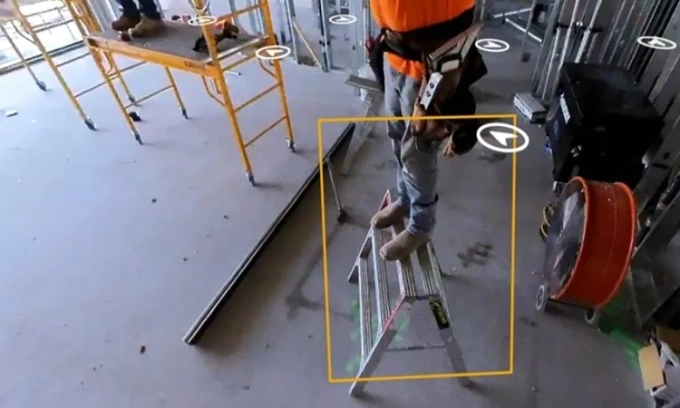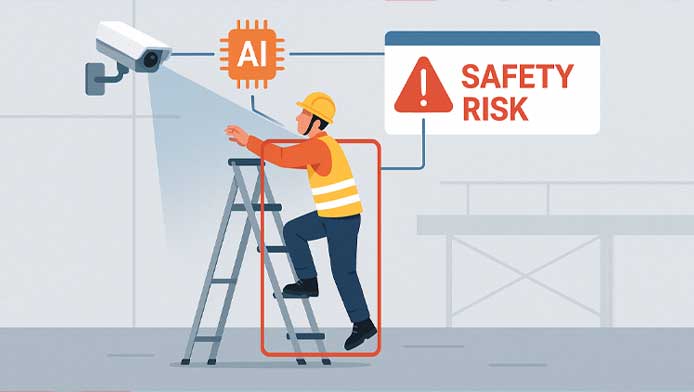Story about labor safety
Safety AI tool applies artificial intelligence to warn about safety hazards at construction sites
In the context of the rapidly growing construction industry, ensuring worker safety has become a top priority. Safety AI technology, an advanced product from Philip Lorenzo and DroneDeploy, plays a key role in detecting and alerting safety violations at construction sites. With image analysis capabilities and applications of artificial intelligence, Safety AI not only enhances safety management efficiency but also protects the lives of workers at most construction sites. Let’s explore the technologies and benefits Safety AI brings to the construction industry.
1. Introduction to Safety AI tool in the construction industry
The Safety AI tool is increasingly popular in the construction sector, especially in countries such as the USA, Canada, the UK, Australia, and other regions. Developed by Philip Lorenzo and DroneDeploy, Safety AI is designed to detect and alert safety violations on construction sites. Thanks to advanced image analysis capabilities, this tool helps minimize accidents and improve worker safety regardless of the site’s size or scale.
2. AI technology and its impact on site safety
AI technology has made significant advances in enhancing safety on construction sites. By utilizing machine learning algorithms and large language models (LLM), AI can recognize and analyze unsafe behaviors, then send timely alerts. This not only protects workers’ health but also saves time for managers.
3. Image analysis and detection of safety violations
Safety AI uses image analysis technology to detect signs of safety regulation violations on construction sites. The tool can “see” images from cameras and identify violations such as workers not wearing helmets or improper ladder use. With up to 95% accuracy, it improves safety management effectiveness on site.

4. Role of the Occupational Safety and Health Administration (OSHA) in safety guidance
The Occupational Safety and Health Administration (OSHA) plays an important role in setting safety standards for the construction industry. Collaboration between Safety AI and OSHA ensures the tool complies with federal safety regulations and standards, thereby reducing accident risks for workers.
5. Visual Language Models (VLM) and machine learning in Safety AI technology
Visual Language Models (VLM) are an integral part of Safety AI technology. VLM not only analyze images but also help AI “reason” about situations on-site. By training on tens of thousands of OSHA violation images, this technology improves recognition and response accuracy.
6. Benefits of Safety AI for workers and construction processes
Safety AI offers numerous benefits for workers and construction workflows, including:
- Reducing accidents and risks for workers.
- Immediate alerts when safety violations are detected.
- Saving management time by automating monitoring processes.
- Improving compliance with OSHA regulations.
7. Challenges and limitations of Safety AI
Despite its benefits, Safety AI faces challenges in deployment. Issues like accuracy in recognizing complex situations and AI hallucinations still need improvement. This requires safety experts’ supervision to ensure maximum effectiveness.
8. Future prospects of AI safety technology in global construction
The future prospects of Safety AI technology are very promising, with potential applications in many countries worldwide such as San Francisco, California, Canada, the UK, and Australia. With ongoing AI development and partnerships with safety agencies like OSHA, enhancing construction site safety becomes increasingly feasible. This journey is not only about technology but also about protecting the health and lives of millions of workers.

